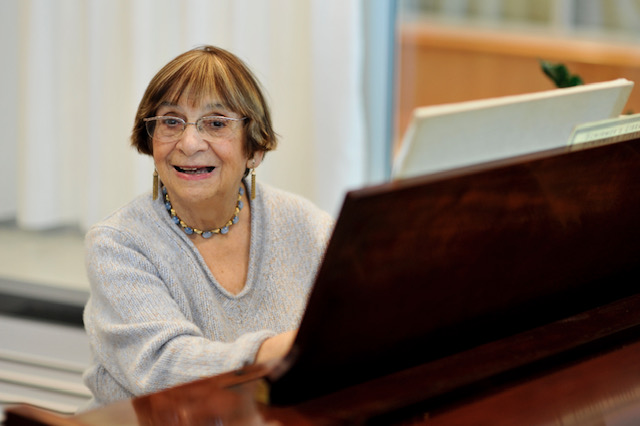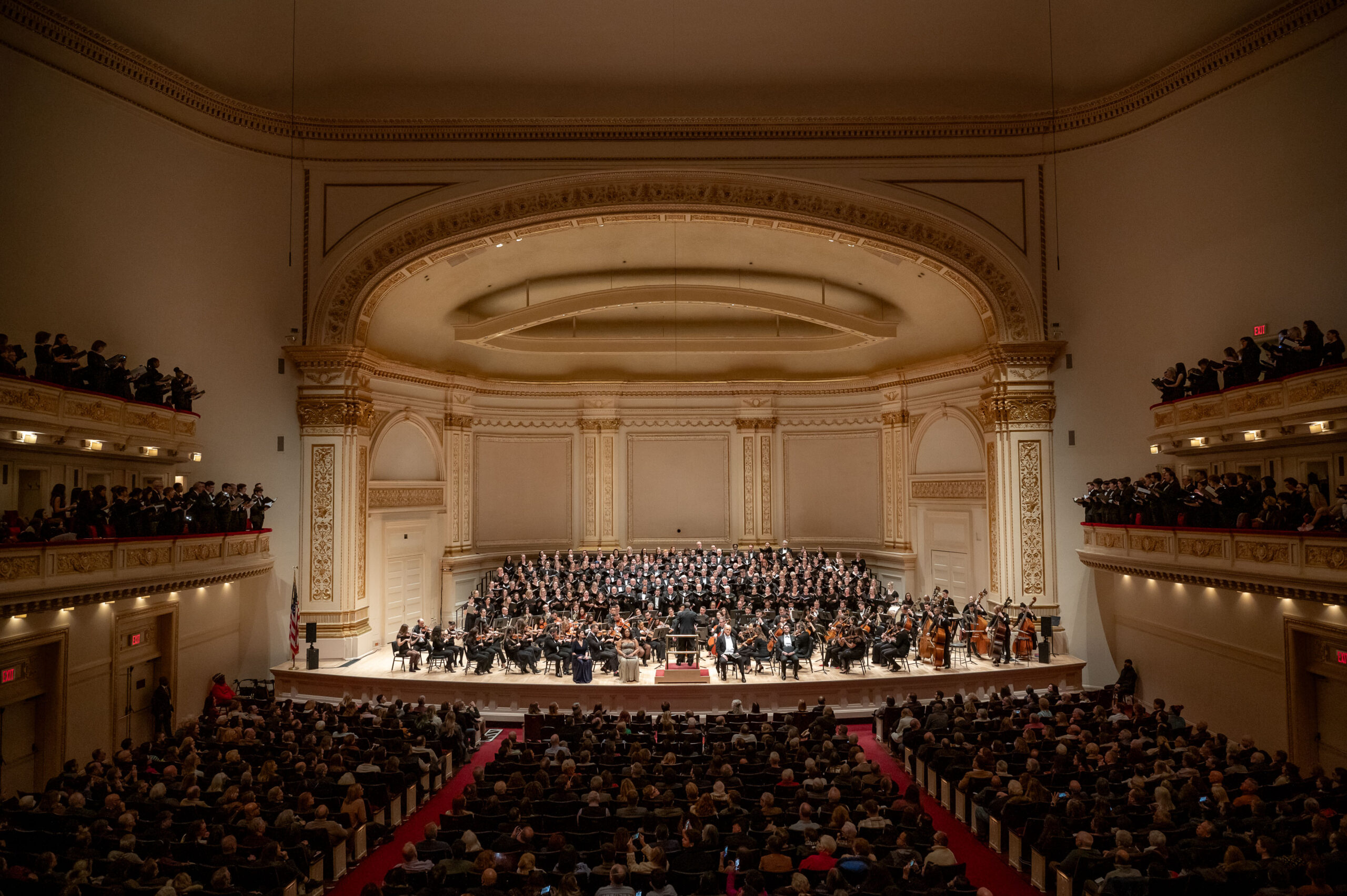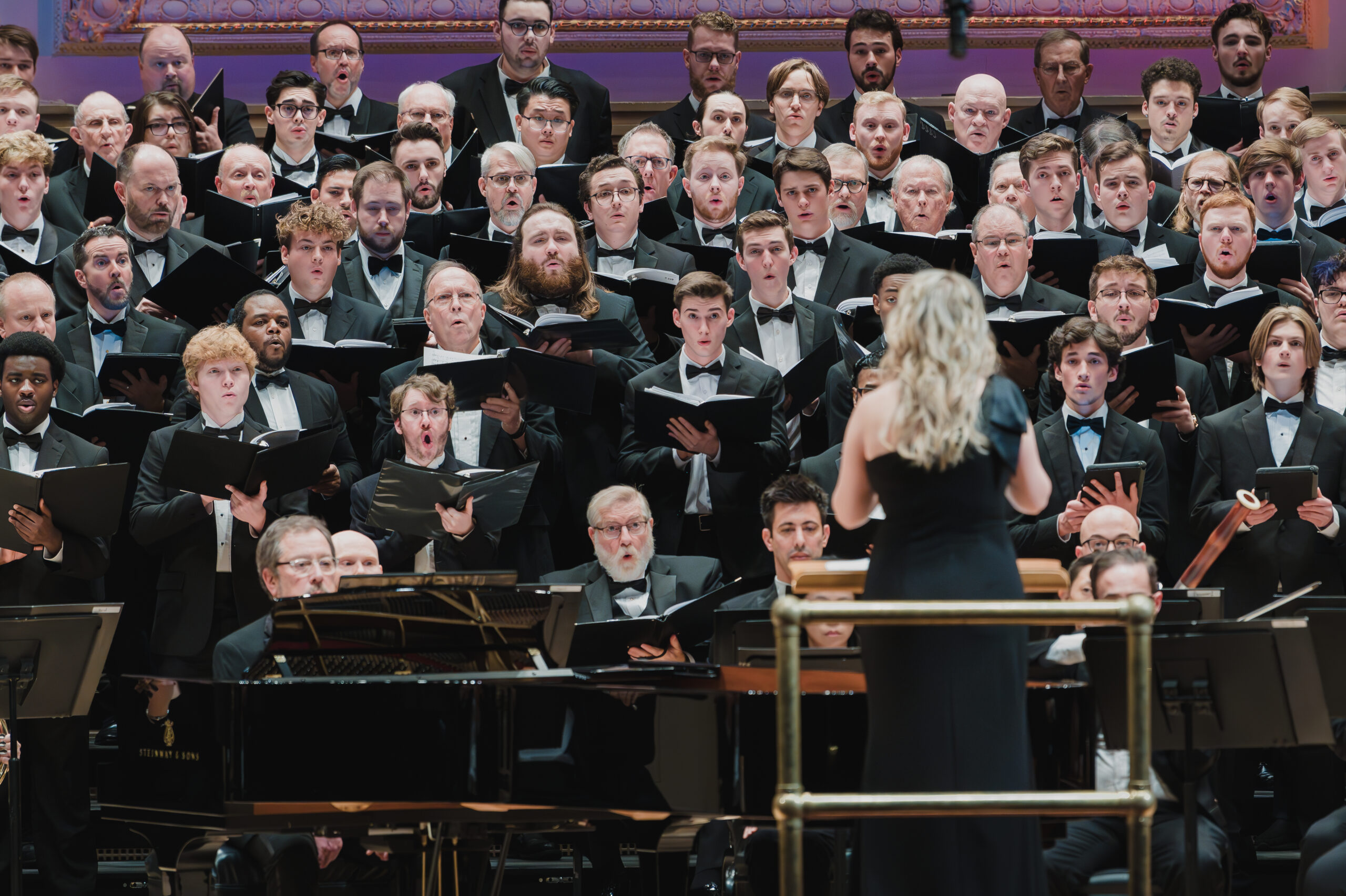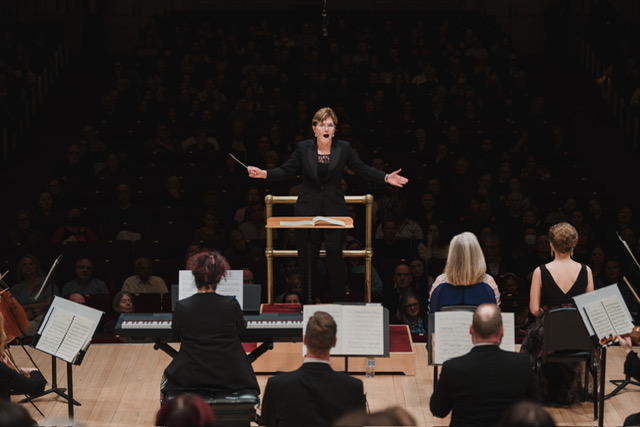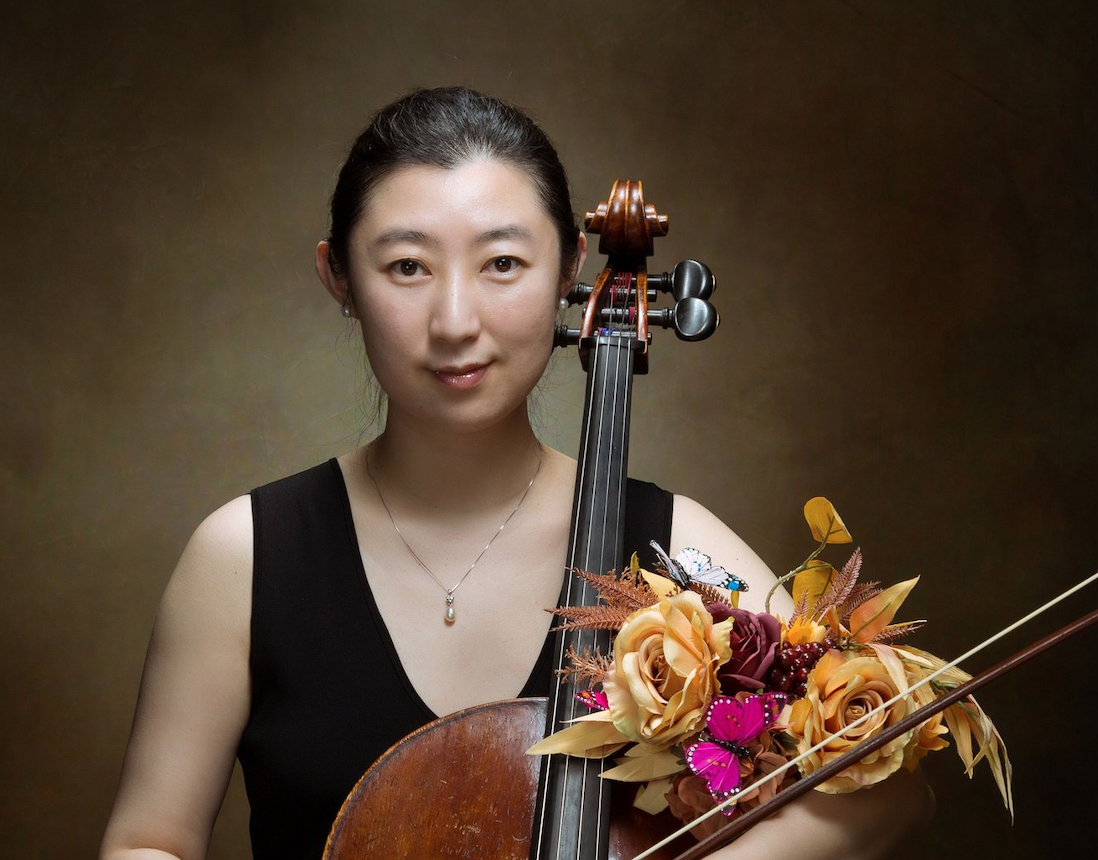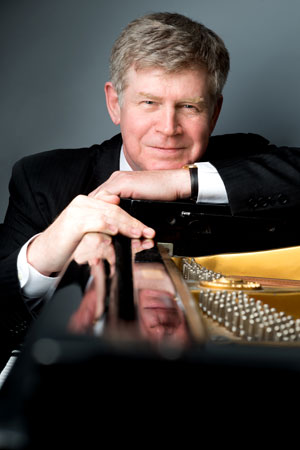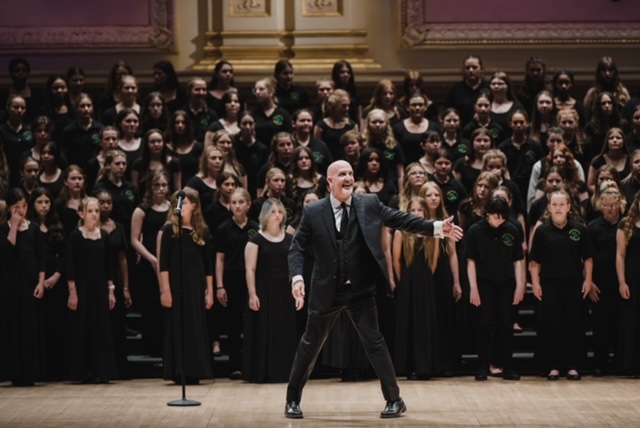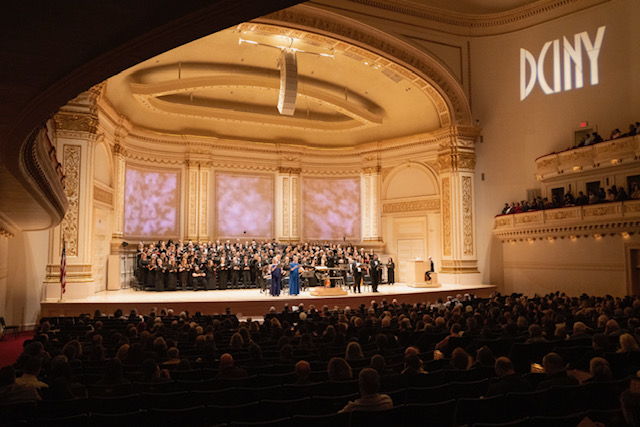Noise Catalogue: Madeline Hocking, violin; Daniel Matei, percussion; Jonathan Collazo, percussion
The Rhythm Method: Leah Asher, violin; Marina Kifferstein, violin; Carrie Frey, viola; Meaghan Burke, cello
Tenri Cultural Center, New York, New York
January 26, 2024
On January 26, 2024, the Tenri Cultural Center was the venue for the presentation of the 2023 Mamlok Prize for Interpreters of Contemporary Music. The featured performers were Noise Catalogue (Madeline Hocking, violin; Daniel Matei, percussion; Jonathan Collazo, percussion), winner of The Dwight and Ursula Mamlok Advancement Award for Interpreters of Contemporary Music Junior Prize, and The Rhythm Method (Leah Asher, violin, Marina Kifferstein, violin; Carrie Frey, viola; Meaghan Burke, cello), winner of The Dwight and Ursula Mamlok Prize for Interpreters of Contemporary Music Senior Prize. Along with two works of Ursula Mamlok, there were works from four other composers, some of whom were among the performers.
The Dwight and Ursula Mamlok Prize for Interpreters of Contemporary Music is awarded annually, alternating in Berlin and New York. In New York, it is awarded through the Contemporary Music Performance graduate program of Manhattan School of Music, where Ursula Mamlok taught for many years. To learn more, click the following link: The Dwight and Ursula Mamlok Foundation.
Some general observations: The overflowing crowd, with at least ten people left standing for the entirety of the concert, was vociferously supportive of the composers and artists. This made a favorable impression on this listener. It was quite obvious that this was also an audience well-versed in contemporary music that needed minimal “help” to appreciate what they were hearing. However, if there were any “newbies” in attendance, this was a good introduction to contemporary music, as the works were (mostly) easily accessible to all listeners. In any case, the excellence of the performances was not in doubt. These are exceptional musicians who are wholly committed to advancing the cause of contemporary music.
After a brief introduction and welcome by Reiko Füting, Vice-Chairman of the Dwight and Ursula Mamlok Foundation and chair of the composition department at the Manhattan School of Music, Noise Catalogue took the stage for the first half. Noise Catalogue consists of three musicians, violinist Madeline Hocking and percussionists Daniel Matei and Jonathan Collazo. Ms. Hocking and Mr. Matei opened with Firmwood and Monroe by James Warner Duquette. Mr. Duquette offers this statement as his credo: “I have dedicated my life to writing music. I am always interested in discussing music. If you have any thoughts or ideas or feedback or criticism, my telephone number is (redacted).” That is walking the walk! I’m not sure that putting one’s phone number out there for all to see is the most prudent idea, but I’m speaking from the perspective of an older and (probably) more cynical person. I hope any phone calls are respectful and beneficial for his continued development as a composer.
The printed notes were perplexing – directions to a bagel shop? What did this have to do with the piece? As it turns out, nothing. As I overheard at intermission, Mr. Duquette told the person sitting next to me that he wrote down directions that he passed along, and they ended up in the program notes. My impression of Firmwood and Monroe is that there is some atmospheric uncertainty expressed by the violin punctuated by percussion thunderclaps.
I hate to be the “get off my lawn” curmudgeon, but the explosive outbursts on the bass drum (the hard end of the sticks being applied with great force) were oppressively loud for the small and acoustically live Tenri Center. A little less would have not damaged the effect (or my hearing). It’s a case of “know the hall.” That one complaint aside, it was a thought-provoking work, and I would like to hear more from this composer (and hopefully his insights sans bagel shop directions).
Ursula Mamlok ‘s From My Garden (1983) followed. This work was originally written for solo viola but has been adapted for other stringed instruments. Tonight, it was played on the violin by Ms. Hocking. As I wrote in an earlier review: One of the main features of Mamlok’s music is her emphasis on Klangfarbe to express moods and colors. This gives her music an attractive and accessible quality. From My Garden is no exception- it is definitely serialist writing, but it is not so far away from strict tonality, which makes it, to quote Mamlok herself (about this work), “very easy to listen to.” Ms. Hocking is a sensitive artist, who painted a picture of serene beauty in her playing. This is not to say that the work is without technical challenges- it is an effective piece to showcase the ability of the player and the instrument itself. Ms. Hocking showed herself to be up to the task. It was enchanting.
The collaborative work Hajnali by Daniel Matei and Madeline Hocking ended the half. They were joined by Mr. Collazo. Inspired by traditional Romanian dance as well as Hungarian folksong, it is a highly energetic piece with countless technical demands that push the performers to the utmost; the violin part is not only virtuosic in the conventional sense but requires some extended techniques, such as using a loose string instead of the bow.
There is a strong temptation to give an accounting of the “action” that would reduce this to a play-by-play reporting more appropriate for a sporting event. To be sure, it is visually interesting to watch the percussionists move from instrument to instrument, but it is the sonic effects that are most compelling. The use of suspended microphones swaying back and forth over some of the percussion was an effect that this listener found especially fascinating. My one complaint (again!) was that the percussion was overpowering at points and drowning out Ms. Hocking, even though her violin was amplified. In any case, the audience roared its approval. It was an exciting finish to the half.
After Intermission, the Senior Prize winners, The Rhythm Method (Leah Asher, violin; Marina Kifferstein, violin; Carrie Frey, viola; Meaghan Burke, cello), took the stage. What is especially striking about this ensemble is that each member is a composer with a distinct voice but with a collective vision for the future of the string quartet. We were told by cellist Meaghan Burke that a February 16, 2024, concert is to include a premiere of a work by each member(!) of the quartet. Tonight, violist Carrie Frey’s a chorus like distant screaming (2023) opened their selections.
Ms. Frey writes in her informative notes that a chorus like distant screaming is the third piece inspired by Arkady Martine’s sci-fi novel A Memory Called Empire and its sequel A Desolation Called Peace (side note: Thank you for the book recommendation!). Even without the benefit of program notes, it would be obvious to grasp the concept of multiple voices moving to become as one. There are also vocalizations inspired by the music of the Romanian region Țara Oașului.
I found a video of this work played by The Rhythm Method on YouTube: a chorus like distant screaming by Carrie Frey (youtube.com). As captivated as I was by listening to this video, it paled in comparison to a live performance. This is a highly evocative work filled with mesmerizing sonic effects, transporting listeners to a far-away place in their imaginations. It takes a special ensemble to realize these qualities in actual performance, and The Rhythm Method nailed it! This is the work of an intelligent composer who not only knows her craft, but the ways to exploit her expert knowledge of the possibilities of the instruments to great advantage. No disrespect to any of the other composers, but this was far and away this listener’s favorite work of the evening.
Ursula Mamlok’s String Quartet No. 2 closed the evening. In contrast to her 1st String Quartet, this work is almost neoclassical in form and conception. The first and third movements are lyrical and playful, with some clever touches (i.e., themes being repeated inverted). One can conceive that a futurist Fauré could have written the second movement. There are hints of Berg’s Lyric Suite near the end of the finale as well. The Rhythm Method offered a nuanced reading that showed how well they grasped Mamlok’s conception. The audience responded enthusiastically, which was well-deserved. I think the future is bright for The Rhythm Method, and I do hope to hear them again.
At the end, Noise Catalogue joined The Rhythm Method on stage for a final bow to the cheers of the audience.
Jeffrey Williams

